Wildlife Sightings - August 2017
The month started with settled south westerly winds and warm temperatures in the low 20° range. Things started to change with lower temperatures from the 8th as the winds turned to a northerly direction for several days. This colder blast didn't last long though, as the weather improved again dominated by high pressure and associated light winds from the south and west.
For many animals August is often a classic mix of post breeding resident species mingling with the first migrants. After the relatively settled summer of weather many birders were looking for signs our breeding birds had done well. A passage of 1167 juvenile Common Swift through Spurn on the 4th seemed to back this up. On the same day at Spurn one possibly two Cory’s Shearwater flew north and an Osprey, Caspian Gull and three Wood Sandpiper joined the migrant party. The good summer for Little Gulls continued with over 600 still present at Hornsea Mere early in the month increasing to a very impressive 8,200 on the 15th. Smaller numbers were present almost daily at Top Hill Low throughout the month. Mediterranean Gulls are now an almost permanent fixture in our region and August is often the best month with post breeding birds gathering at traditional sites. 106 were counted on the Humber between Spurn and Easington on the 6th this was very close to being a record count for the area. At the opposite end of the Yorkshire coast a very unseasonal Glaucous Gull was at South Gare on the 6th.
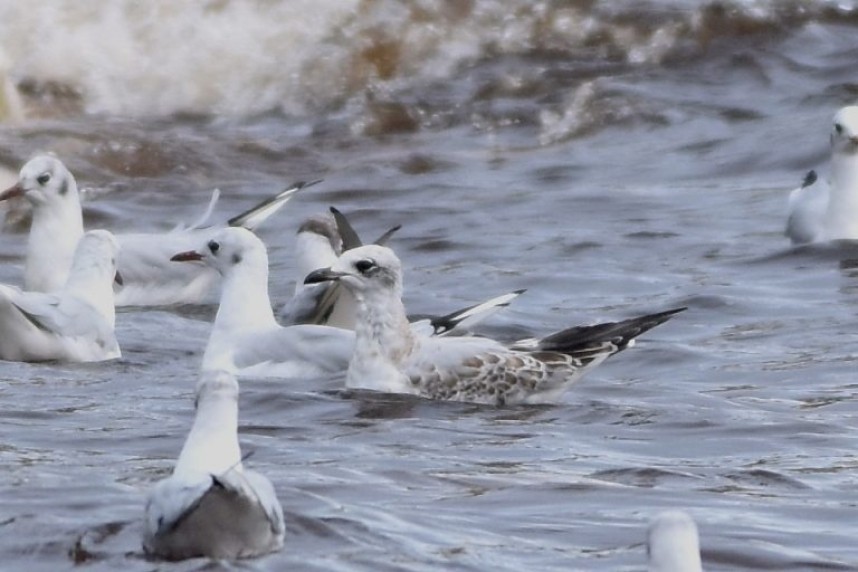
Juvenile Mediterranean Gull © Andy Hood
An impressive seabird list on the Yorkshire Coast Nature and Real Staithes pelagic boat trip on the 5th included; 1 Cory’s Shearwater, 1 Balearic Shearwater, 12 Manx Shearwater and a single Sooty Shearwater. A second summer Pomarine Skua also spent 15 minutes close to the boat. Balearic Shearwaters were then seen from a variety of watch points later in the month and a confiding bird was seen well on the Scarborough Birders pelagic on the 27th. Nine Spoonbill and 21 Spotted Redshank were at RSPB Blacktoft on the 7th.
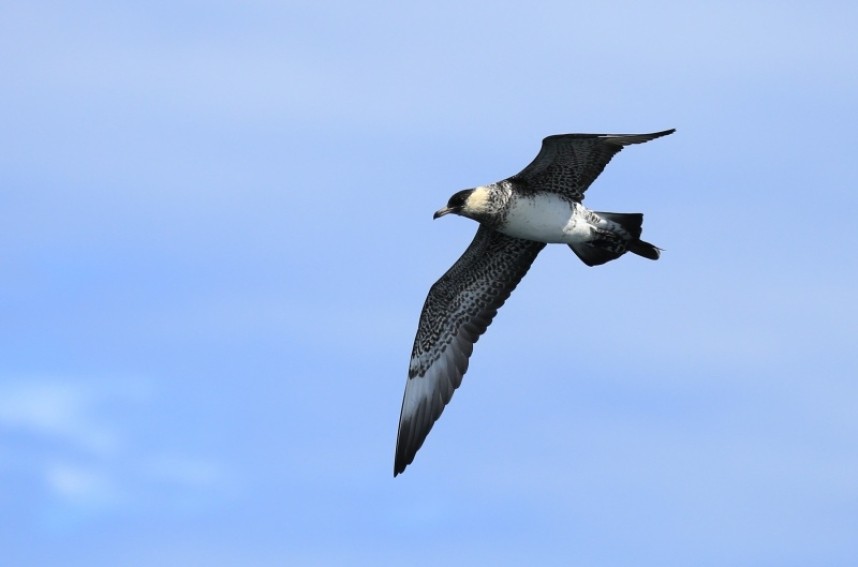
Pomarine Skua Staithes © Richard Baines
It was not only birds doing well in the sun, over 100 Common Blue butterfly were counted at one site near Northallerton over an area of 0.1 hectares on the 5th. Purple Hairstreaks were still showing well in a Whitby garden on the 6th. A Clouded Yellow butterfly was a good find at Easington on the 10th; this species has been very scarce in our area for several years. Also on the 10th Dingy Skippers were found in Spaunton Quarry. This is thought to be the first time this species of butterfly has been seen after rearing a second brood in VC62. On the 11th a Twin-spotted Wainscot was caught by the Scarborough moth team at Wykeham Causeway.
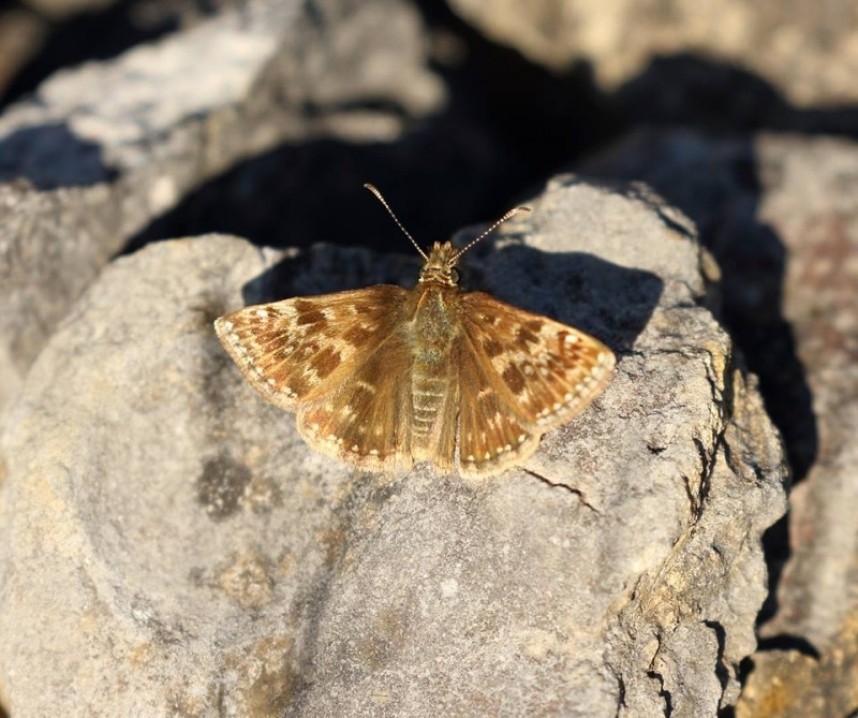
Dingy Skipper Spaunton © Dave O'Brien
One of the first rare bird surprises of the month was an Alpine Swift found at Bempton on the 7th. After showing well on this date, the swift then vanished for five days before re-appearing on the 12th after which time it was seen well between Bempton and Buckton for four consecutive days. Seawatching on the 9th and 10th was productive at Flamborough with waders and seabirds well represented. Red-necked Phalarope, Cory’s Shearwater, 125 Whimbrel, Three species of Skua including Pomarine Skua and an impressive movement of 8,000 Kittiwakes on the evening of the 9th. In the North Yorkshire forests the three European Honey Buzzards were proving the main birding attraction for the area. The pale male performed an impressive display almost daily early in the month. By the middle of the month though, all three birds had left the area giving no indication they had nested this year. On the 13th a Sabines Gull roosted at Scorton.
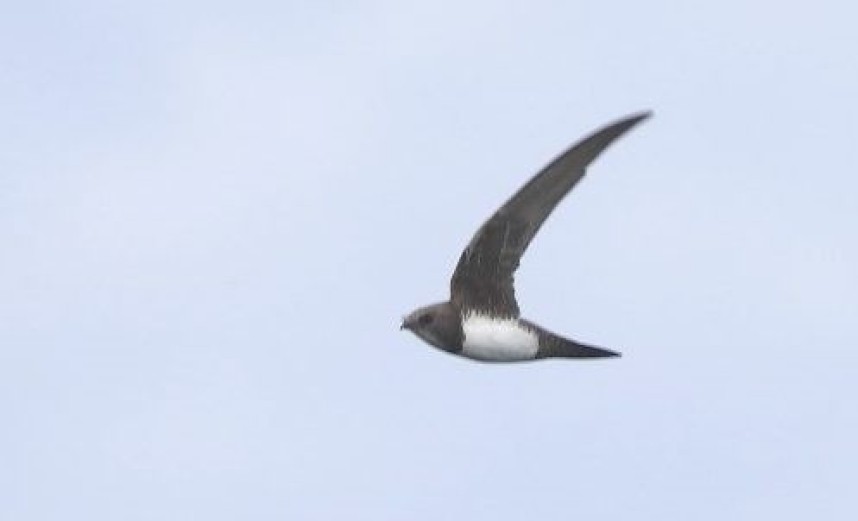
Alpine Swift Bempton © Craig Thomas
A day after the Alpine Swift was found, an adult Rose-coloured Starling appeared in a Scarborough garden, delighting birders for three days. During this period Minke Whales were still being seen regularly between Scarborough and Bempton whilst numbers were slowly increasing in their traditional feeding area between Staithes and Whitby. Up to ten were seen between Staithes and Whitby from the whale watching cruises on the 6th. Small numbers of Wood Warblers were on the move towards the middle of the month, the first was at Spurn on the 10th and one was at Bempton on the 17th. White-letter Hairstreak butterflies were still being recorded all be it in a worn state in a Whitby garden on the 14th after first appearing in early July this year. One of the classic bird migrants of autumn is the Pied Flycatcher; these charming birds usually start appearing on our coastline in August. The first at Flamborough was on the 10th and the first at Spurn on the 15th. This signaled an increase in attention for local birders which paid off a day later with the find of a smart male Western Bonelli’s Warbler in Easington. A juvenile Rose-coloured Starling was found at Kilnsea on the 20th and the following day the impressive season at Kilnsea Wetlands continued with a Red-necked Phalarope. There was some good seawatching between the 22nd and 26th on the Yorkshire Coast. The first Long-tailed Skuas of the autumn were seen with one at Flamborough on the 22nd, one passed Filey on the 23rd and two passed Spurn on the 23rd, a Cory’s Shearwater then flew past Thornwick Flamborough on the 26th on a very good Tern passage day as 1055 Common passed Flamborough. Visual songbird migration increased the day after with 2896 Barn Swallows logged passing through Spurn.
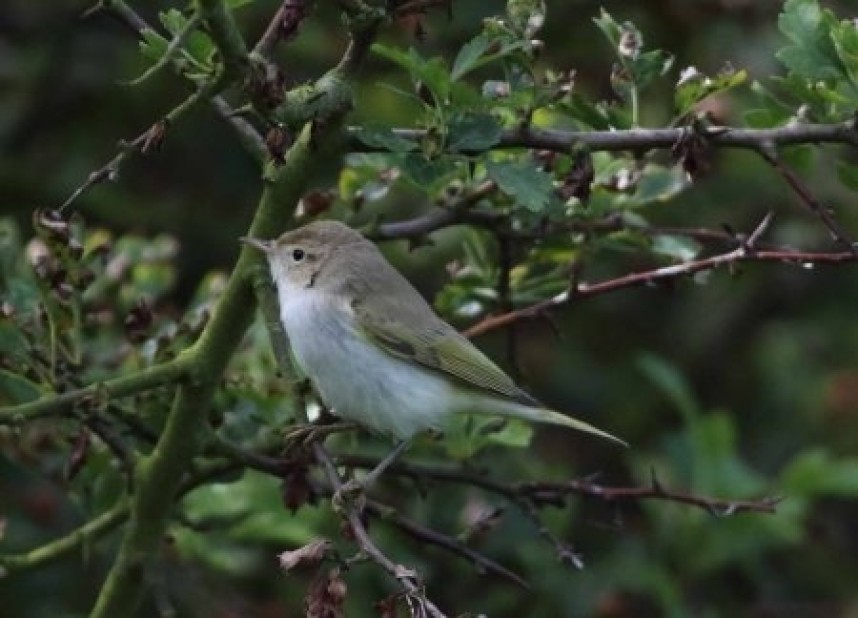
Western Bonelli's Warbler Easingon © John Hewitt
Honey Buzzards were on the move in the third and fourth week of the month with sightings in a wide variety of places. One flew over Driffield on the 21st, one was over Gilling East and another or the same over Nosterfield on the 27th and one over Bagby on the 28th. Migrant moths were also increasing in numbers during this period at the same time as scarce migrant warblers were arriving from a similar part of Europe. Two Convolvulus Hawkmoth were at Spurn on the 19th with another at Hunmanby Gap on the 22nd. Three Devon Carpet were caught at Low North Camp on the 27th a very rare moth in Yorkshire but UK numbers are increasing so this may be a moth which occurs in greater numbers in the future.. Scarce Bordered Straw is a rare moth in our region; a long distance migrant from southern Europe and North Africa. Two were caught at Hunmaby Gap on the 17th, two at Broxa Forest by the Scarborough moth team on the 25th and two were caught at Spurn on the 27th.
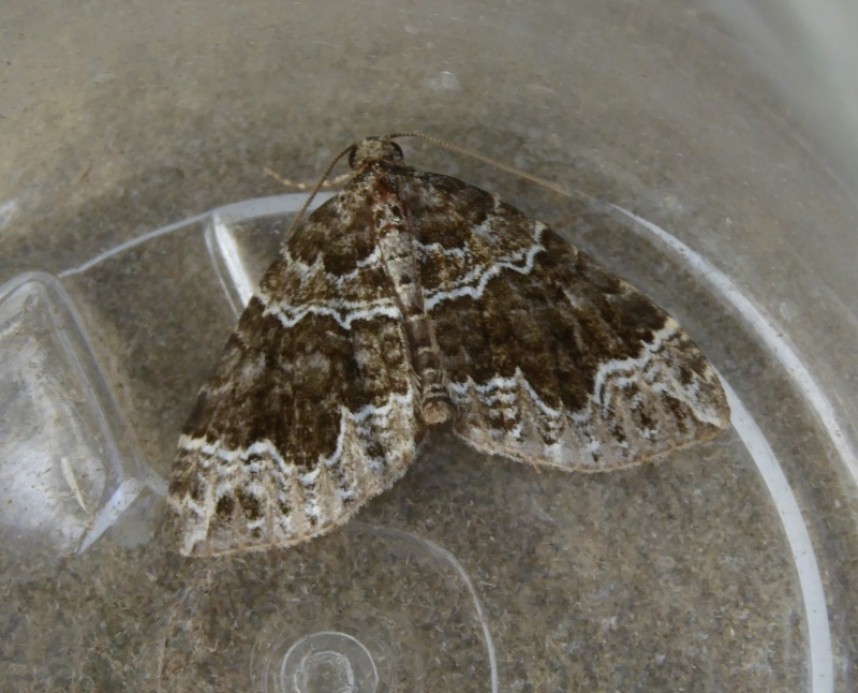
Devon Carpet North Yorkshire © Allan Rodda
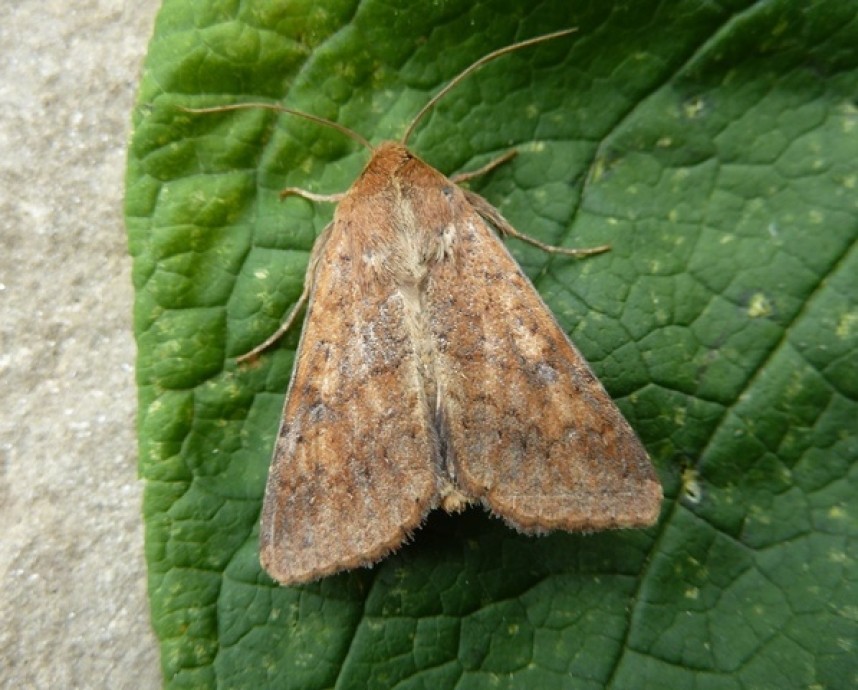
Scarce Bordered Straw North Yorkshire © Allan Rodda
A Wryneck was an excellent inland find at Top Hill Low on the 27th and maybe a good indication that many songbird migrants arriving on our coast move inland very quickly in good weather. Icterine Warblers have been very thin on the ground as migrants this year so a bird caught and ringed in the Spurn Bird Observatory trap on the 29th was very welcome. Bempton surpassed this a day later when a showy Greenish Warbler was found in the overflow car park willows. This patch of bushes is fast becoming the best place for rare Phylloscopus warblers in Yorkshire. Proving this point again was the discovery of a second Greenish Warbler in the same Willows a day later! On the last day of the month two Pectoral Sandpipers graced Kilnsea Wetlands along with a fly over Citrine Wagtail. At South Gare a good month for Roseate Terns ended with six on the rocks at this site.
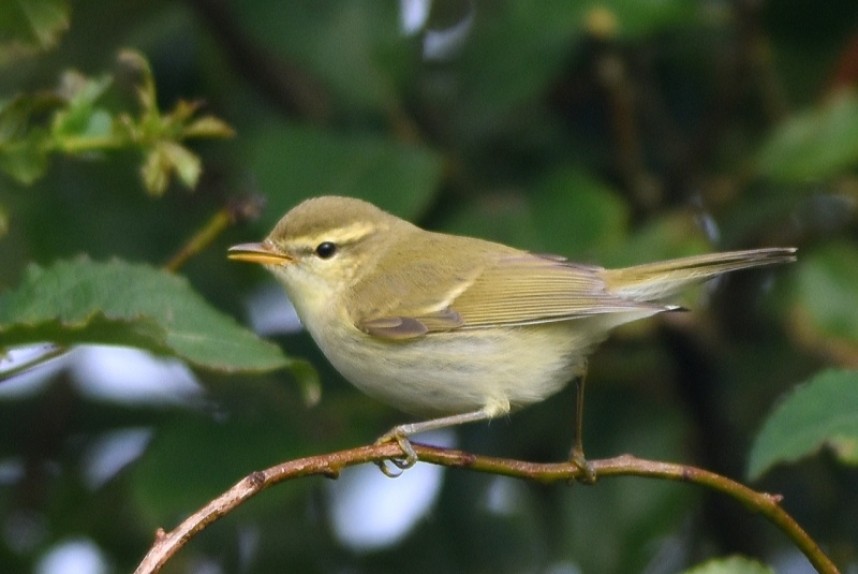
Greenish Warbler Bempton © Andy Hood
Richard Baines YCN
This article covers North and East Yorkshire. For more wildlife sightings visit these great local, regional and national web sites
Spurn Bird Observatory, Flamborough Bird Observatory, Filey Bird Observatory and Group, Northern Rustic blogspot , Yorkshire Naturalists Union, Yorkshire Wildlife Trust, Scarborough Birders, Butterfly Conservation Yorkshire Branch Yorkshire Nature Traingle For National News: Birdguides



 Back to Blog
Back to Blog
